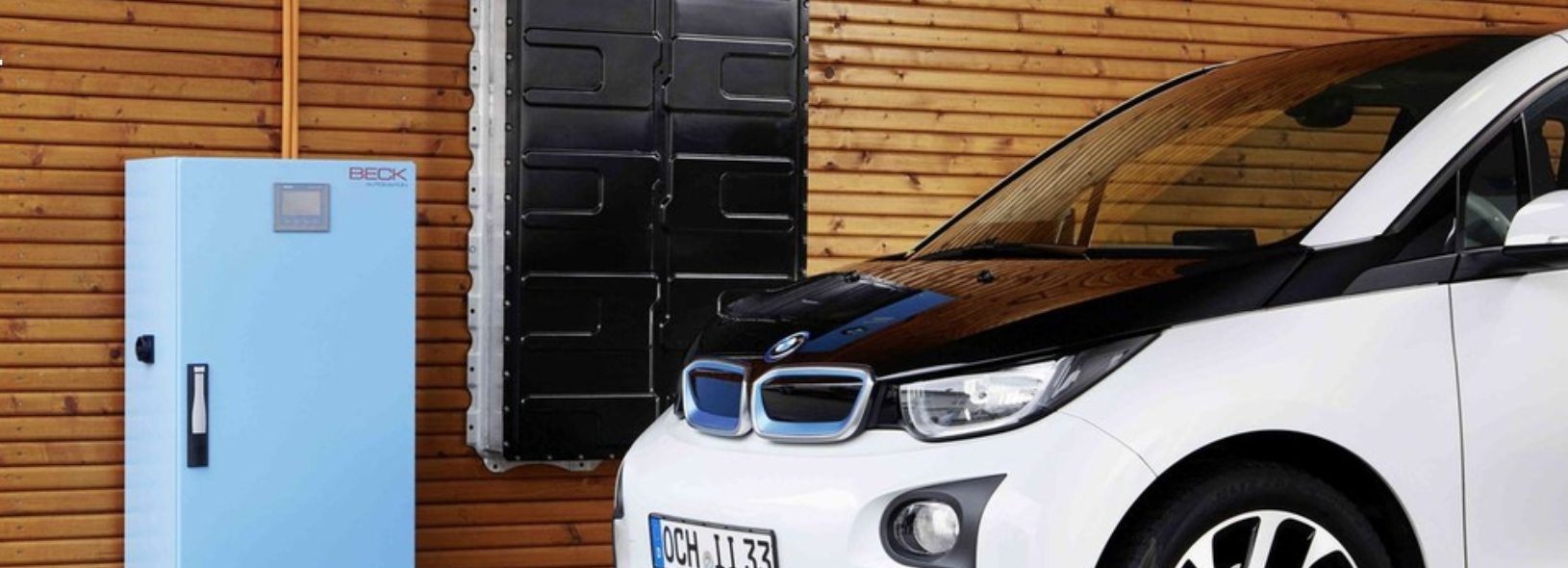|
A new report from the Institute for Local Self-Reliance describes some of the implications of the growing solar power and energy storage trend as it relates to the current, centralized utility-based electricity distribution model.
CLEAN TECHNICA -- Because solar and energy storage can be cost competitive with grid electricity prices in some places, consumers now have an alternative to only using utility-based electricity. Report author John Farrell answered some questions for CleanTechnica. 1. Are you expecting home energy storage to continue decreasing in price? Yes, definitely. I’ve heard of prices today close to $500 per kilowatt-hour of capacity. I’d expect that to fall to closer to $100 in 5-10 years. 2. Is it likely that home solar power systems will be increasingly paired with home energy storage? For sure. Given the evidence that pairing the systems can help decrease payback times under net metering successor policies (and the benefits of backup power), I expect to see that increase. 3. How can utilities plan for more and more homeowners using solar power and energy storage? Don’t build any central-station power plants and instead look for ways to make money supporting choices customers will make anyway. Restructure rates to encourage customers to use their distributed energy systems to aid the grid (e.g. by storing energy when cheap and selling it back when expensive). 4. Will utilities ever become obsolete, or will they exist to back up individually owned solar and energy storage systems? It depends on how you define a utility. Vertically integrated utilities that combine generation, transmission, and distribution aren’t suitable for a market in which customers can substantially fulfill the generation needs of the system locally. What we don’t need is centralized planning, what we do need is coordination. 5. Are you expecting that more and more homeowners will go off-grid completely, or will they remained grid-tied, most likely? I don’t expect many homeowners to go off-grid at all in the next decade, but that depends a lot on whether they live in a particularly good region for it and if the utility makes it worthwhile with high fixed charges or other dumb policies. 6. How does the increasing number of EVs figure into the home solar and energy storage picture? As we reported last year, increasing EV deployment can increase the local grid capacity for distributed solar. It’s also a large source electricity demand that can typically be time-shifted. It’s not quite as useful as a standalone battery until there are viable, commercial vehicle-to-grid services or ways for a vehicle owner to tap the battery. 7. Are there states currently that are leading the others in terms of solar and energy storage adoption? Massachusetts comes to mind, as do Hawaii and California. Mostly those that have required utilities to do it, provided strong incentives, or where the economics have driven customers to it on their own. 8. Have you seen any cases where homeowners use their own electricity from home energy storage to avoid peak usage charges? Personally? No. But I’m sure if you talk to Sunrun they will say that’s why 1 in 5 residential customers in California are combining solar and storage. 9. Are you expecting more home energy storage products to enter the market to increase competition? Yes. 10. Are more businesses also using solar and energy storage onsite? They will. Clean Energy Group’s landmark study last year shows how incredibly valuable storage is to cutting demand charges for commercial customers. 11. Should utility workers be planning to have their jobs phased out eventually? Power plant workers should be exploring their options. Line workers will always be needed because we’ll still want a grid. 12. By 2030, how much home solar and energy storage penetration will there be? Honestly, I have no idea because there are so many factors. I’d be willing to wager that about half of distributed solar installed in the 2020s will come paired with energy storage.
1 Comment
9/6/2023 01:39:43 am
The GivEnergy battery storage system is an innovative energy storage solution designed to store excess electricity generated from renewable sources, such as solar panels. With a capacity tailored to residential and commercial needs, it optimizes energy utilization, reducing reliance on the grid during peak demand times and enabling greater energy independence. Its advanced technology ensures efficient energy management and can contribute to cost savings and reduced carbon footprint, making it a promising choice for sustainable energy solutions.
Reply
Leave a Reply. |
James Ramos,BPII'm your go to solar energy expert here to guide you step-by-step through all of your solar options. Categories |
James The Solar Energy Expert

 RSS Feed
RSS Feed
